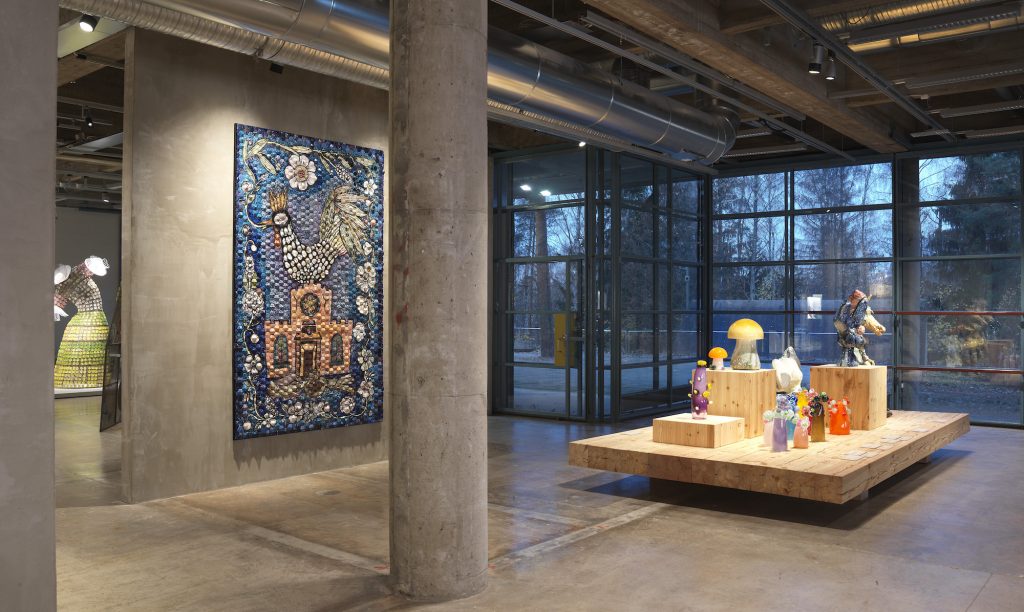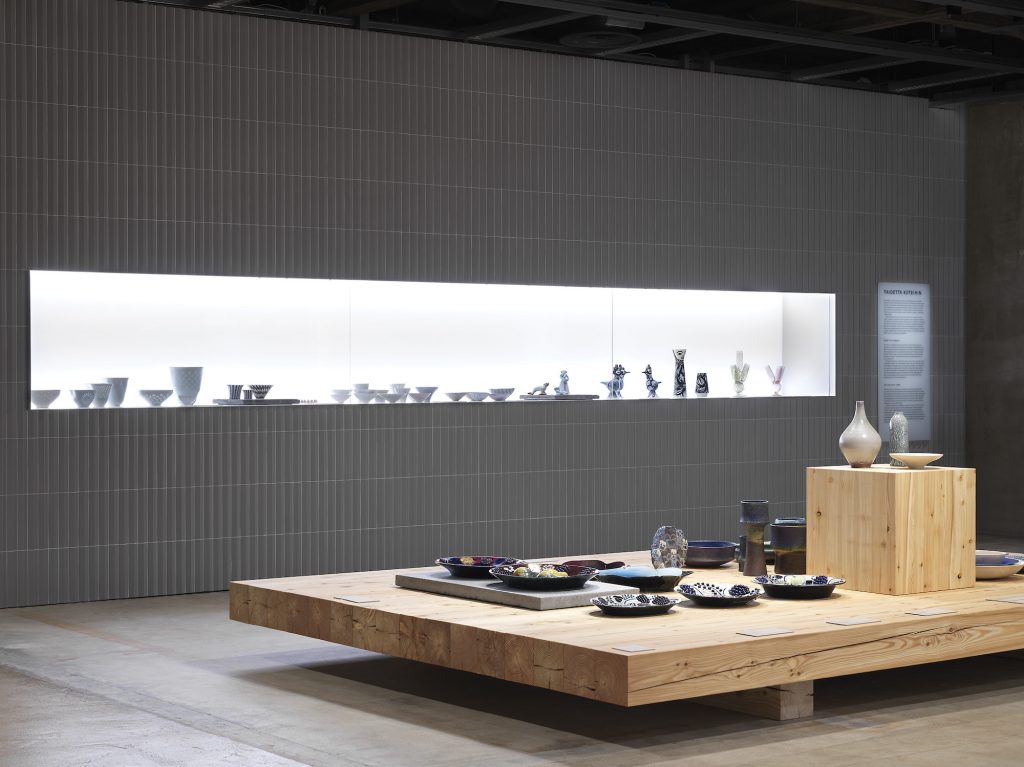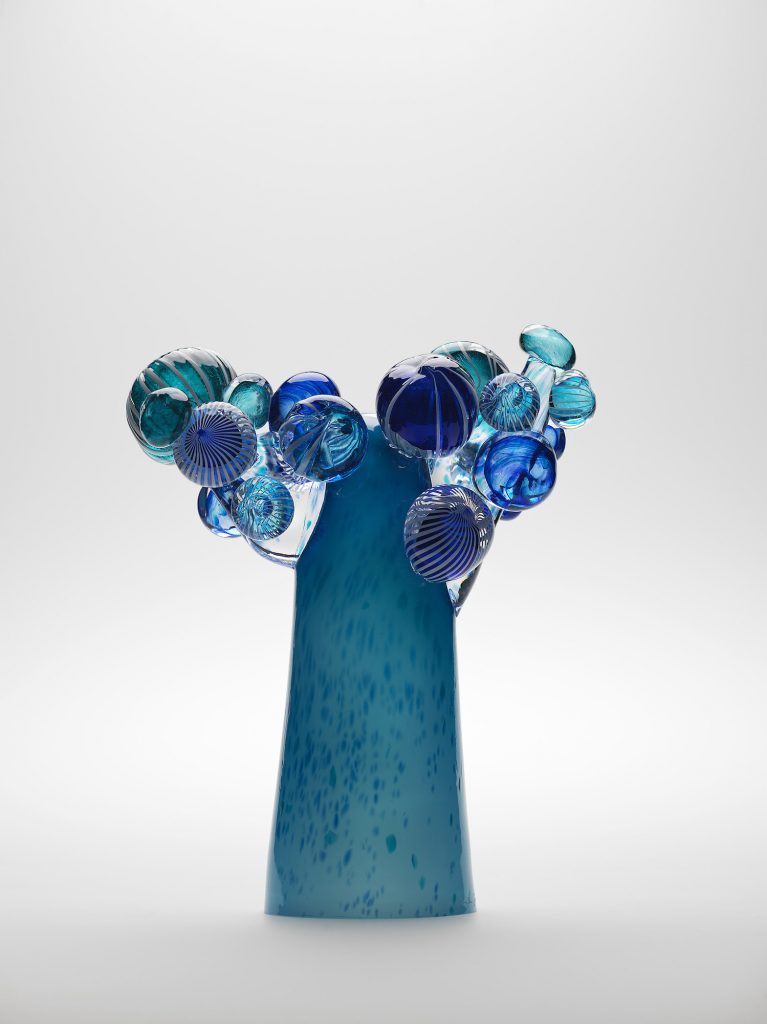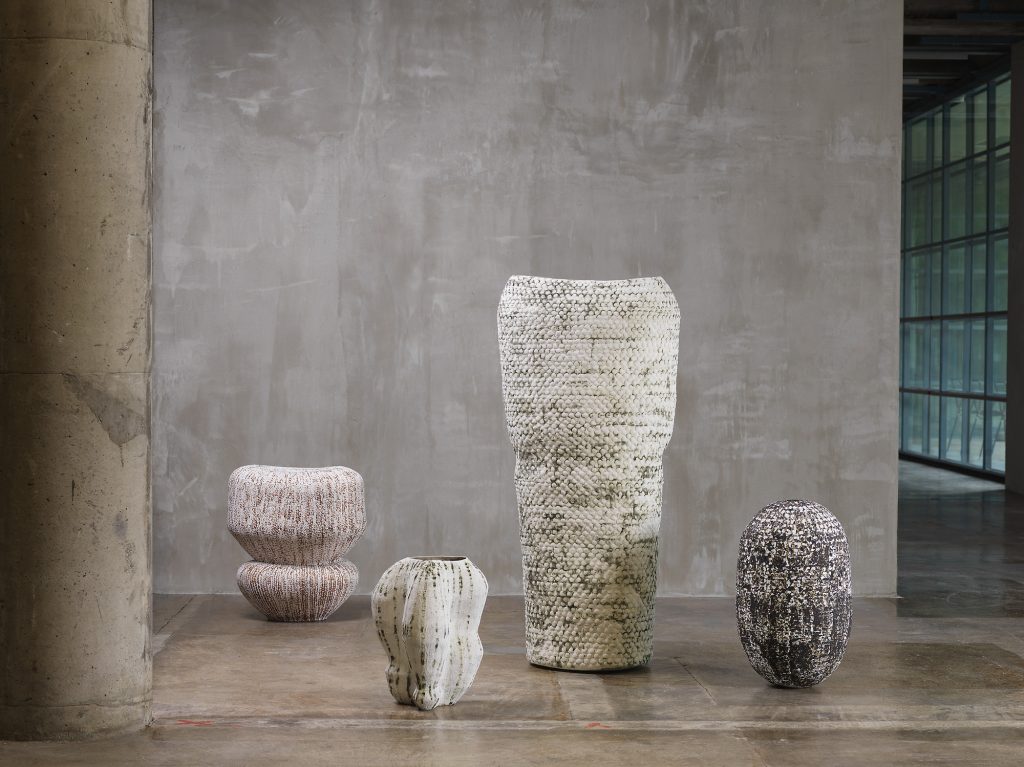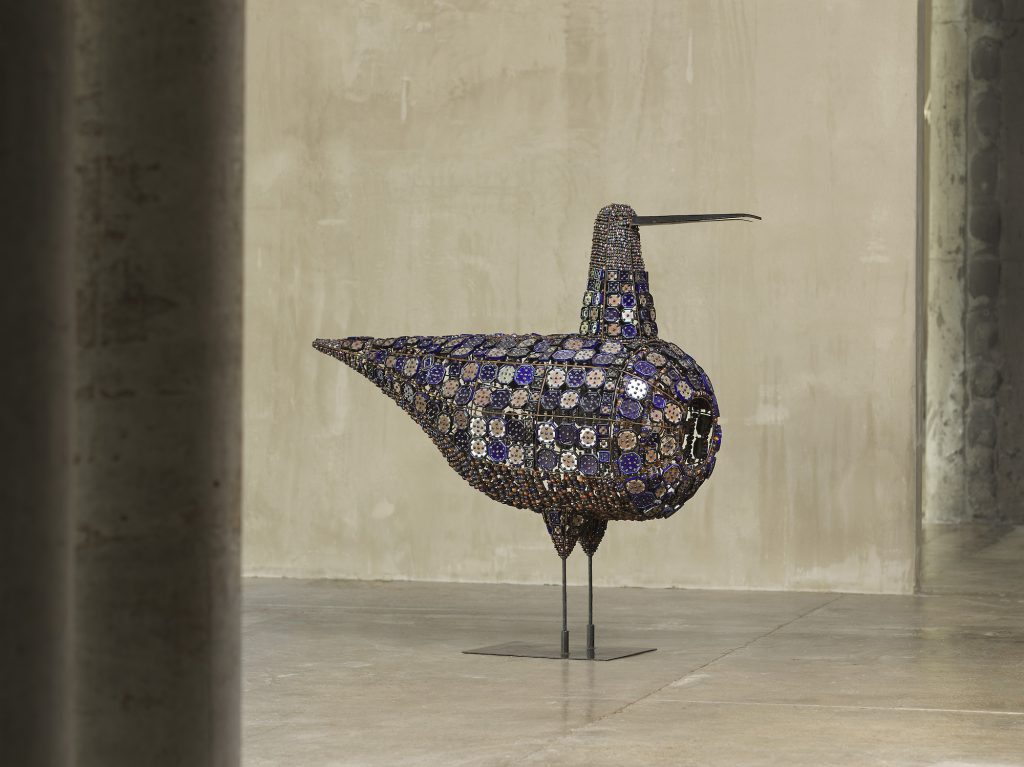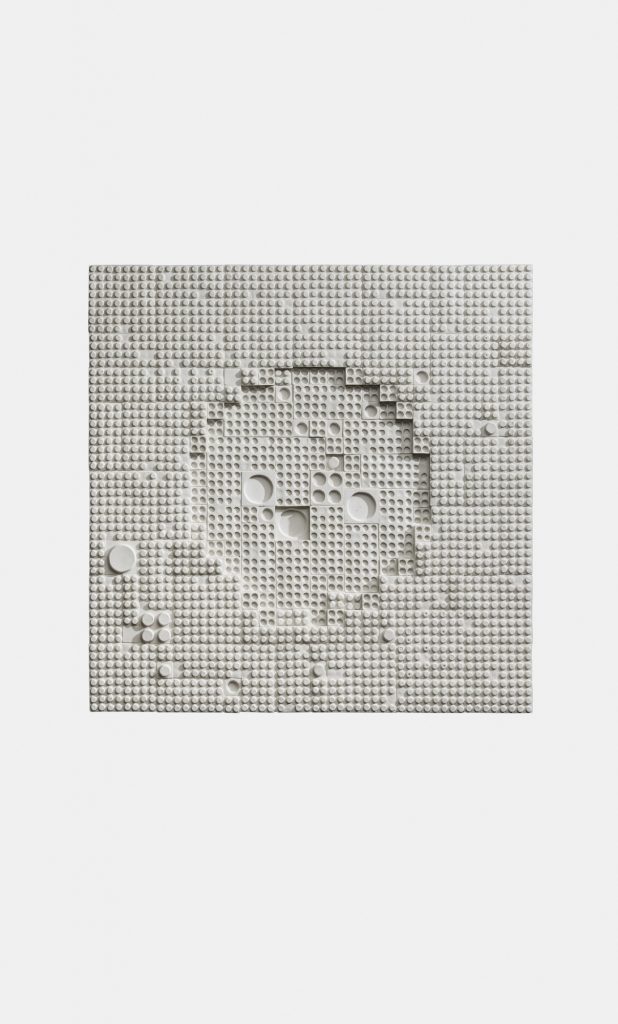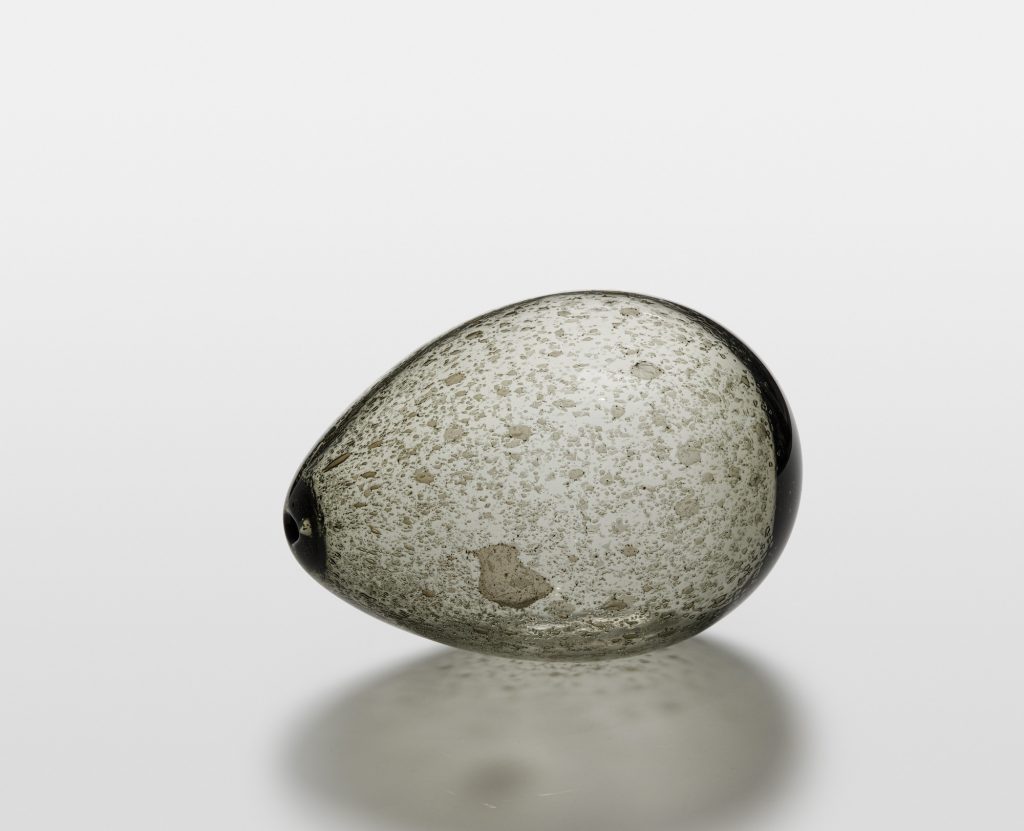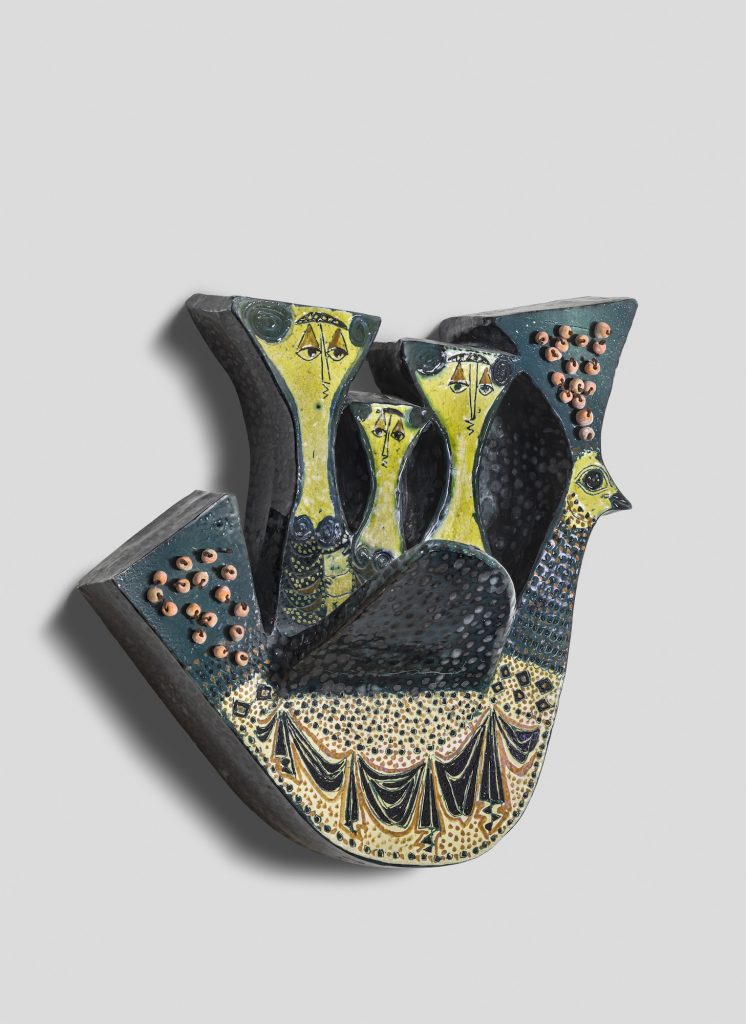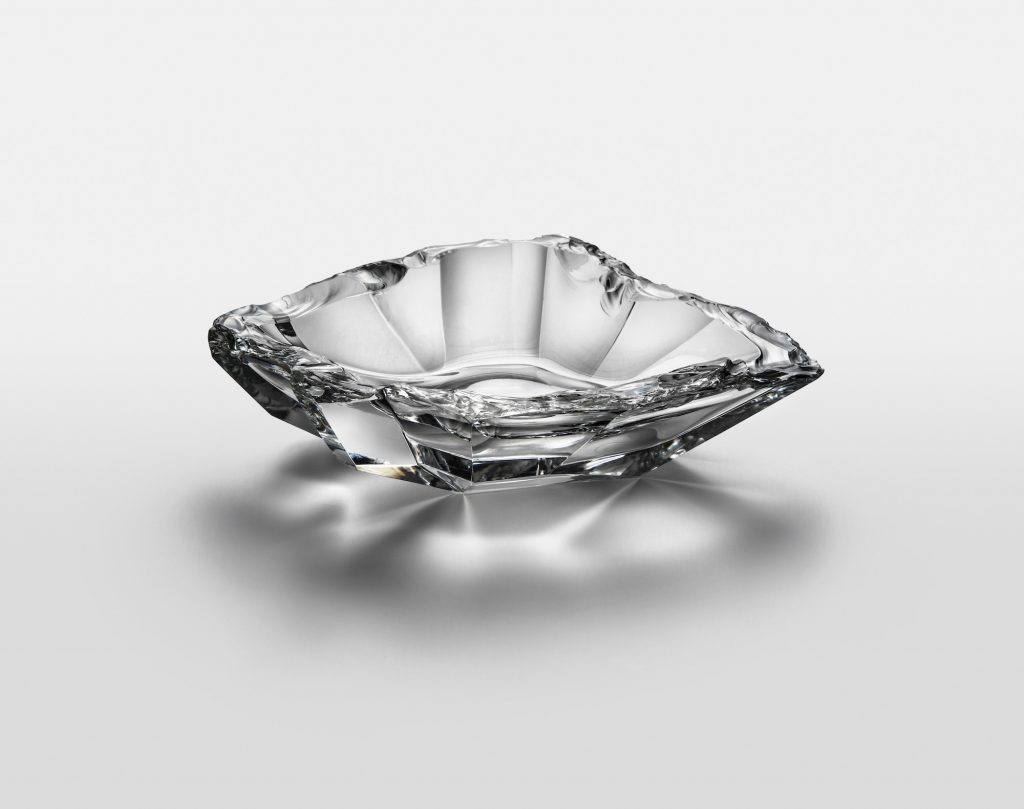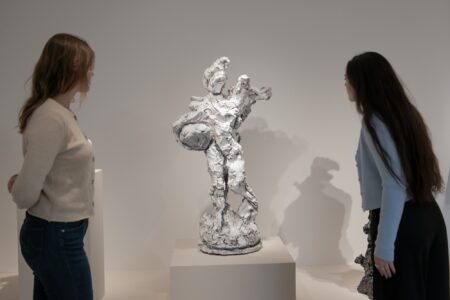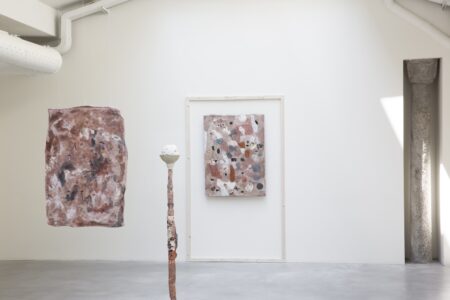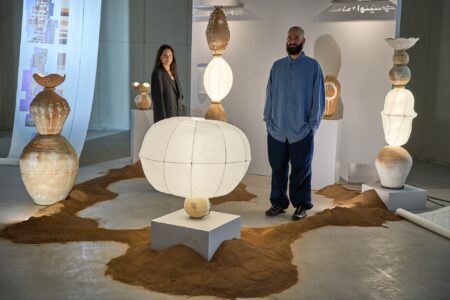Collection Kakkonen at the Espoo Museum of Modern Art
EMMA, Espoo Museum of Modern Art, hosts a selection of glass, ceramics and contemporary art from the Kakkonen Collection in their newly opened 1000m2 exhibition space. This exhibition is part of an ongoing collaboration between the museum and collector.
On November 10th, EMMA (Espoo Museum of Modern Art), opened a new 1000m2 exhibition space dedicated to the extensive collection of Kyösti Kakkonen, who began collecting Finnish glass, ceramics and contemporary art over 35 years ago. EMMA, Finland’s largest art museum, is known for its boundary pushing exhibitions that often look at the intersection between art and design, and it’s a perfect institution to host this comprehensive collection. EMMA curator, Aura Vilkuna, spoke with TLmag about this unique collaboration and exhibition.
TLmag: How did the collaboration between the Collection Kakkonen and the Espoo Museum of Modern Art begin?
Aura Vilkuna: The Espoo Museum of Modern Art (EMMA) has a longstanding history of working with Kyösti Kakkonen, as well as other large collections which have been loaned to the museum.
Our particular collaboration with Kakkonen dates back to the early days of EMMA, as he loaned his Finnish graphic art collection and part of his painting collection with the museum between 2007-2016. Since then, our Executive Director, Pilvi Kalhama, has discussed new opportunities around Kakkonen’s design collection and we established a new loan agreement in 2020. In addition to this agreement, we have cooperated on various ceramic art exhibitions, including the Birger Kaipiainen exhibition in 2016, Rut Bryk exhibitions in 2016 which toured Japan in 2019–2021, and a Michael Schilkin exhibition in 2020.
TLmag: The idea is that his collection is permanently featured in the new exhibition space – with rotating exhibitions?
A.V.: Kakkonen has collected over 10,000 objects spanning from the late 19th century to the present day, and 1,300 pieces have been lent to EMMA in a long-term cooperation agreement which will evolve over time. EMMA’s new 1000m2 exhibition space, which was built to house Collection Kakkonen, is permanent, with Kakkonen continuing to loan further pieces going forward. Specific highlights will be exhibited regularly, with glass artist and designer Markku Salo’s works Gazebo and Amazonas currently being exhibited in the space. In addition to this, we will both enhance the current displays and change particular works due to exhibition loans or new acquisitions.
TLmag: Would you talk about 1 or 2 works from the exhibition that standout for you and which embody Finnish art and design culture?
A.V.: The exhibition features many pieces that are iconic to Finnish design history, with Kakkonen’s interest spanning from the foundations of Finnish ceramics and glass art to contemporary art. For example, he owns a vast collection of Alfred William Finch’s works. Finch led the Iris Ceramic Factory (1897–1902), which is regarded as having established the foundations of modern Finnish ceramic art. After the Iris Ceramic Factory went bankrupt, Finch was invited to take over teaching of ceramics and graphic art at the Central School of Applied Arts and the Finnish Art Society’s Drawing School (later the Atheneum).
Another iconic work is Bead Bird (Curlew), by Birger Kaipiainen, which is one of six birds that won the Grand Prix at the XII Milan Triennial in 1960. The sculpture weaves together Kaipiainen’s signature motifs: clocks, a curlew, and a sense of mystery. Why do these elements keep recurring in his art? The artist insisted that they were purely decorative, but he also dropped hints about their possible personal relevance. ‘Curlew’ was the nickname of a close friend – perhaps an infatuation – who died young. Another subject of speculation is why each clock displays exactly the same time: a quarter past twelve.
Kakkonen also holds the largest collection of work by Toini Muona – about 700 works (according to his own words), of which 130 are deposited to EMMA. Many of these works are award winning pieces, such as an unnamed vase from 1950 and Hay vases from 1940s-1950s.
The exhibition also presents more contemporary works, with one of the newest pieces being Heini Riitahuhta’s The Song of the Rooster, a commissioned work that was finished just a week before the opening. The ceramic relief is on show, but we also documented Riitahuhta’s working process through video material that is showcased in the exhibition space. The rooster, church, bride and groom pay homage to subject matter favoured by two of Kakkonen’s favourite artists: Rut Bryk and the French painter Marc Chagall. Kakkonen himself proposed these motifs when he commissioned the relief, which is more obviously narrative than any of Riitahuhta’s earlier works. Each hexagon in the relief is finished with a different glaze and decorative technique.
One of my own favorite installations is wall hanging with several plates and bowls made by Arabia Art department’s ceramic artists. These plates are not meant to hang on walls, but to be used as tabletops. Hanging them on a wall challenges our thinking of them as mere design objects because design is usually rated below fine art. The plates and bowls on the wall have more in common besides just their round shape: all were made by artists at the Arabia Ceramic Factory. You can look closely and observe how each piece reflects the identity of its maker. What kind of porcelain or clay mass have they chosen? What kind of glaze? Whether using a mould or pottery wheel, each artist has transformed the clay and mystery of the glaze into a unique artwork.
The presentation of these kinds of pieces will enhance Finland’s profile as the epicentre of design, with EMMA a particularly fitting home as the museum is known for straddling the intersection of art and design.
@emmamuseum
